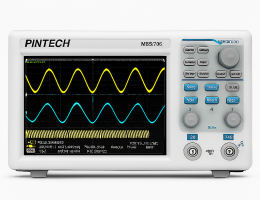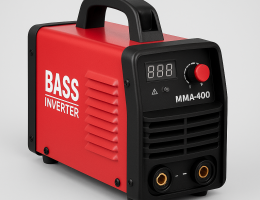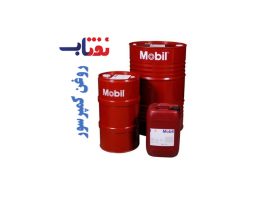Polystyrene GPPS 1460 is a type of general-purpose polystyrene (GPPS) known for its balance of properties and cost-effectiveness. Here’s a detailed look at its characteristics, production process, applications, and advantages:
Key Characteristics:
- General-Purpose: GPPS 1460 falls under the category of GPPS, indicating it’s suitable for a wide range of applications that don’t require extreme performance.
- Good Balance of Properties: It offers a reasonable balance of strength, stiffness, and clarity, making it a versatile choice for many everyday products.
- Processability: GPPS 1460 can be efficiently processed using various techniques like injection molding, extrusion, and thermoforming, allowing for production of complex shapes.
- Recyclable: Similar to other GPPS grades, GPPS 1460 is recyclable (typically under recycling code #6), but local infrastructure might affect its actual recyclability.
Production Process:
The production process for GPPS 1460 generally follows these steps:
- Styrene Monomer Production: Styrene, the building block for polystyrene, is derived from petroleum.
- Polymerization: Styrene monomers undergo a polymerization process where they link together to form long polystyrene chains.
- Purification: The polystyrene is purified to remove impurities and residual monomers.
- Extrusion or Molding: The molten polystyrene is then shaped into the desired form (pellets, sheets, or film) through processes like extrusion or molding.
Applications:
The versatility and cost-effectiveness of GPPS 1460 make it a popular choice for a wide range of applications. Here are some prominent examples:
- Food Packaging: It can be used for packaging certain food items, particularly cold food due to its good clarity and barrier properties (although regulations and safety considerations for food contact should be followed).
- Disposable Cups and Containers: Its formability and affordability make it suitable for manufacturing disposable cups, containers, and cutlery.
- Toys and Novelties: Due to its lightweight nature and ability to be molded into various shapes, GPPS 1460 can be used for making simple toys and novelty items.
- Stationery and Office Supplies: It finds use in various stationery items like pen bodies, rulers, and trays.
- Appliance Housings and Components: In some cases, GPPS 1460 might be used for certain appliance housings and non-critical components due to its cost-effectiveness.
Advantages:
- Versatility: Suitable for a wide range of applications requiring a balance of properties.
- Cost-Effective: Generally a more affordable option compared to some engineering plastics.
- Good Processability: Can be easily shaped into various forms.
- Lightweight: Reduces weight and transportation costs for finished products.
- Recyclable: Contributes to a more sustainable approach when recycling infrastructure is available.
Things to Consider:
- Limited Heat Resistance: GPPS 1460 has a lower heat resistance compared to some polystyrene grades, so applications involving high temperatures might require alternatives.
- Brittleness: Similar to other GPPS grades, it can be brittle at low temperatures and might not be suitable for high-impact applications.
- Limited Chemical Resistance: While offering some chemical resistance, it might not be suitable for contact with strong chemicals.
In Conclusion:
Polystyrene GPPS 1460 is a workhorse material in the polystyrene family. Its affordability, processability, and good balance of properties make it a popular choice for various disposable products, food packaging, and other everyday applications. However, its limitations in heat resistance, brittleness, and chemical resistance need to be considered when selecting a material for specific uses.




